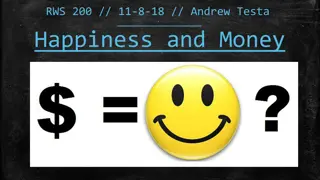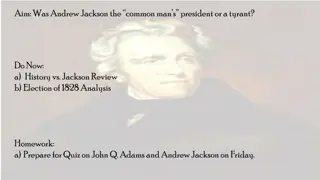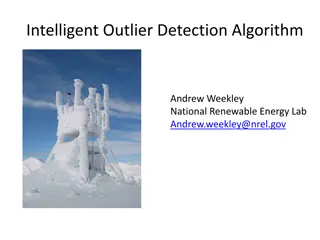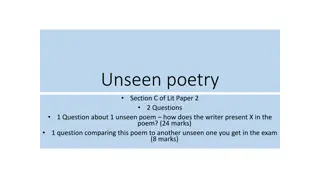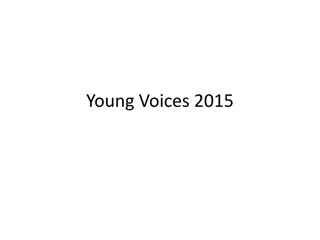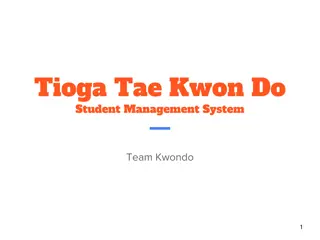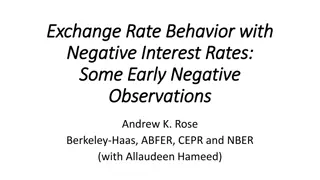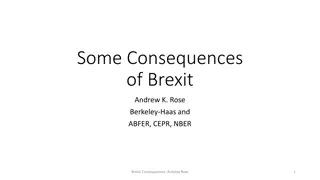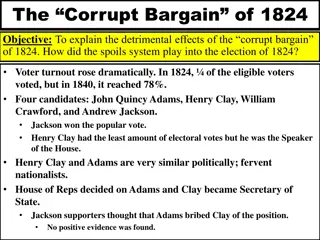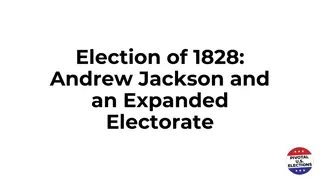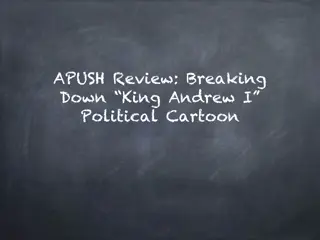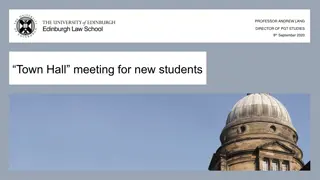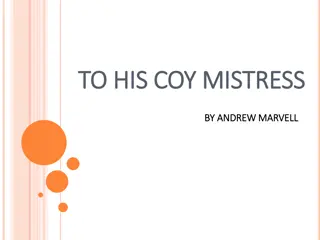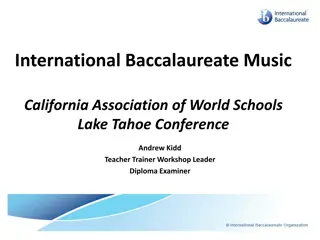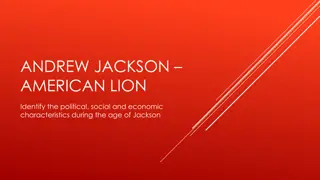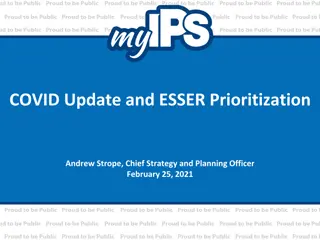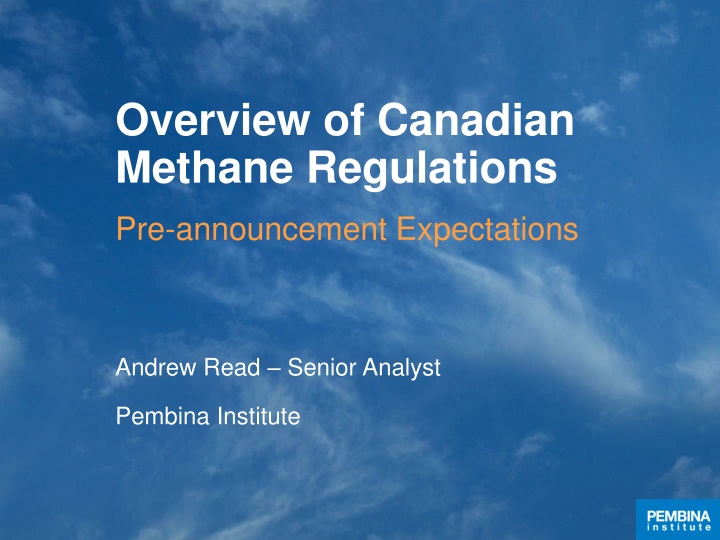
Canadian Methane Regulations Overview and Implementation Details
"Explore the detailed pre-announcement expectations and key policies of Canadian methane regulations affecting the oil and gas industry. Learn about fugitive emissions, venting thresholds, pneumatics conversion, compressor limits, well completions, and the delayed implementation timeline for reducing methane emissions in Canada."
Download Presentation

Please find below an Image/Link to download the presentation.
The content on the website is provided AS IS for your information and personal use only. It may not be sold, licensed, or shared on other websites without obtaining consent from the author. If you encounter any issues during the download, it is possible that the publisher has removed the file from their server.
You are allowed to download the files provided on this website for personal or commercial use, subject to the condition that they are used lawfully. All files are the property of their respective owners.
The content on the website is provided AS IS for your information and personal use only. It may not be sold, licensed, or shared on other websites without obtaining consent from the author.
E N D
Presentation Transcript
Overview of Canadian Methane Regulations Pre-announcement Expectations Andrew Read Senior Analyst Pembina Institute
Presentation Overview Overview of Canadian O&G Methane Fugitives Venting Pneumatics Compressors Well Completions Delayed Implementation Federal-Provincial Equivalency Next Steps 2
Fugitives 33% Key policy for enhancing measurements Leak Detection and Repair (LDAR) required at facilities over specified gas handling volume. Key policy considerations # of inspections annually Timelines for repairs Comes into force 2020 4
Venting 23% Establish facility-wide threshold over which venting must be reduced Not prescriptive i.e. venting can be reduced via any method: Flaring doesn t eliminate GHGs entirely Capture eliminates all GHGs Comes into force 2023 5
Pneumatics 20% Facility thresholds defined for conversion to non-emitting pneumatics Greater facility compression requires conversion to non-emitting Smaller facilities permitted to use low-emitting Comes into force 2023 6
Compressors 9% Emissions limits defined over which corrective action required Distinct limit for centrifugal and reciprocating Repairs required within specified time period Mandatory capture requirements for installations post-2020 Comes into force 2020 7
Well Completions 1% Prohibit venting at facilities during fracking operations Gas to be flared gas conservation decision remain with provinces Coming into force 2020. 8
Delayed Implementation Original implementation (May 2016 proposal) LDAR & Well Completions in force 2018 All other requirements in force 2020 What does that mean for reductions? 9
Delayed Implementation *Reductions based on ECCC Model 10
Delayed Implementation Still achieve 2025 in year target Only the pathway to achievement is altered New pathway back-loads reductions Expectation for some interim voluntary actions to meet timelines, but these are uncertain As methane estimates improve more reductions likely necessary. Still on track, but based on current underestimated methane emissions. Will have to adapt to refined monitoring 11
Delayed Implementation Implementation delayed due to provincial and industry feedback Provinces need time to negotiate equivalency Industry need time to make changes, spread out capital costs, and more time to access early action incentives (i.e. offsets) 12
Recapturing Lost Reductions What are the options to regain certainty of adherence to original reduction pathway? Shorten delay to 1 year 2019 & 2021 implementation Strengthen regulations on major sources Minimum quarterly LDAR inspections Lower facility venting threshold Interim targets for voluntary reductions ahead of regulations 13
Fed-Prov Equivalency Provinces are very likely to manage methane regulations through equivalency Past equivalency agreements very prescriptive Verbatim regulations More flexible equivalency discussions likely Federal regulations motivate consistency across provinces similar stringency Equivalency must ensure each province meets or exceeds each source regulation 14
Next Steps Awaiting First Gazette release 60-day feedback period follows Second Gazette late 2017/early 2018 Final rules in 2018 Provincial equivalency discussions Define provincial management actions for each source category 15
pembina.org Subscribe to receive our perspectives to your inbox. twitter.com/pembina facebook.com/pembina.institute



